Blog
Impact of flooding on water quality
Hurricanes Irma, Katrina, and Dorian: all of them caused major flooding in the U.S. in the course of the last two decades. Flooding causes property damage of billions of dollars and poses significant threat to water quality as well.
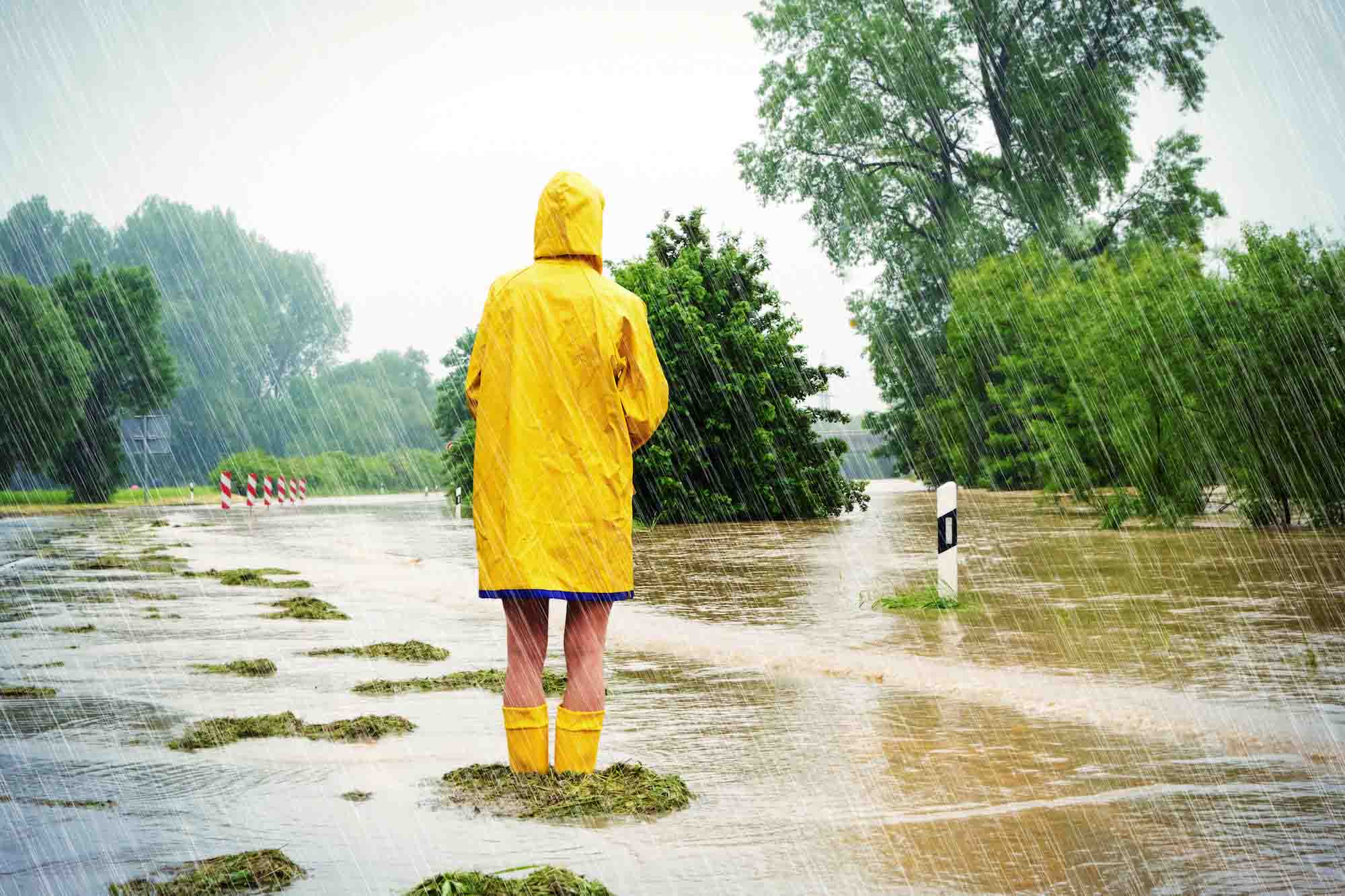
The Atlantic hurricane season occurs from June 1 to November 30. National Oceanic and Atmospheric Administration‘s forecasts predict that this season is expected to be mainly of above-normal intensity.
Hurricanes cause not only extensive property damage, but in most cases also strong flooding. Furthermore, flooding damages water sources and raises the risk of their contamination.
Researchers at American Chemical Society are fully aware of this issue, and therefore set out to investigate the water quality impacts of hurricanes.
Flood hazard maps, which establish floodplain boundaries and raise community awareness about the areas most prone to flooding, constitute the foundation of their research.
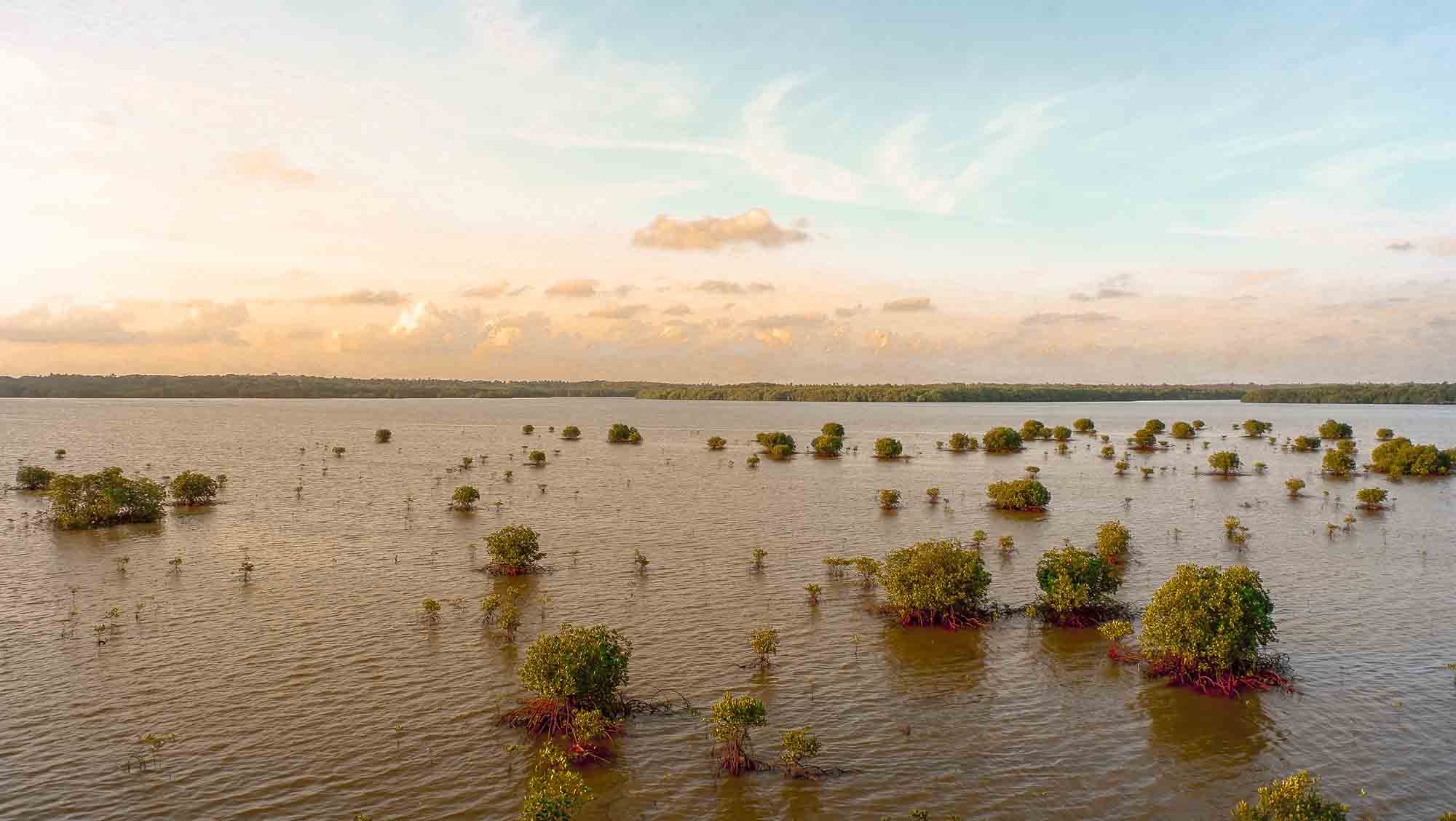
“We developed an operational remote sensing-based hurricane flood extent mapping method, examined potential water quality implications of two ‘500-year’ hurricanes, and identified options to increase social-ecological resilience in North Carolina,“ wrote the study authors for Earth.com.
The maps allowed them to identify potential sources of water pollution within the flooded areas where sewers, hazardous waste sites, industrial plants, and swine and poultry farms might overfill.
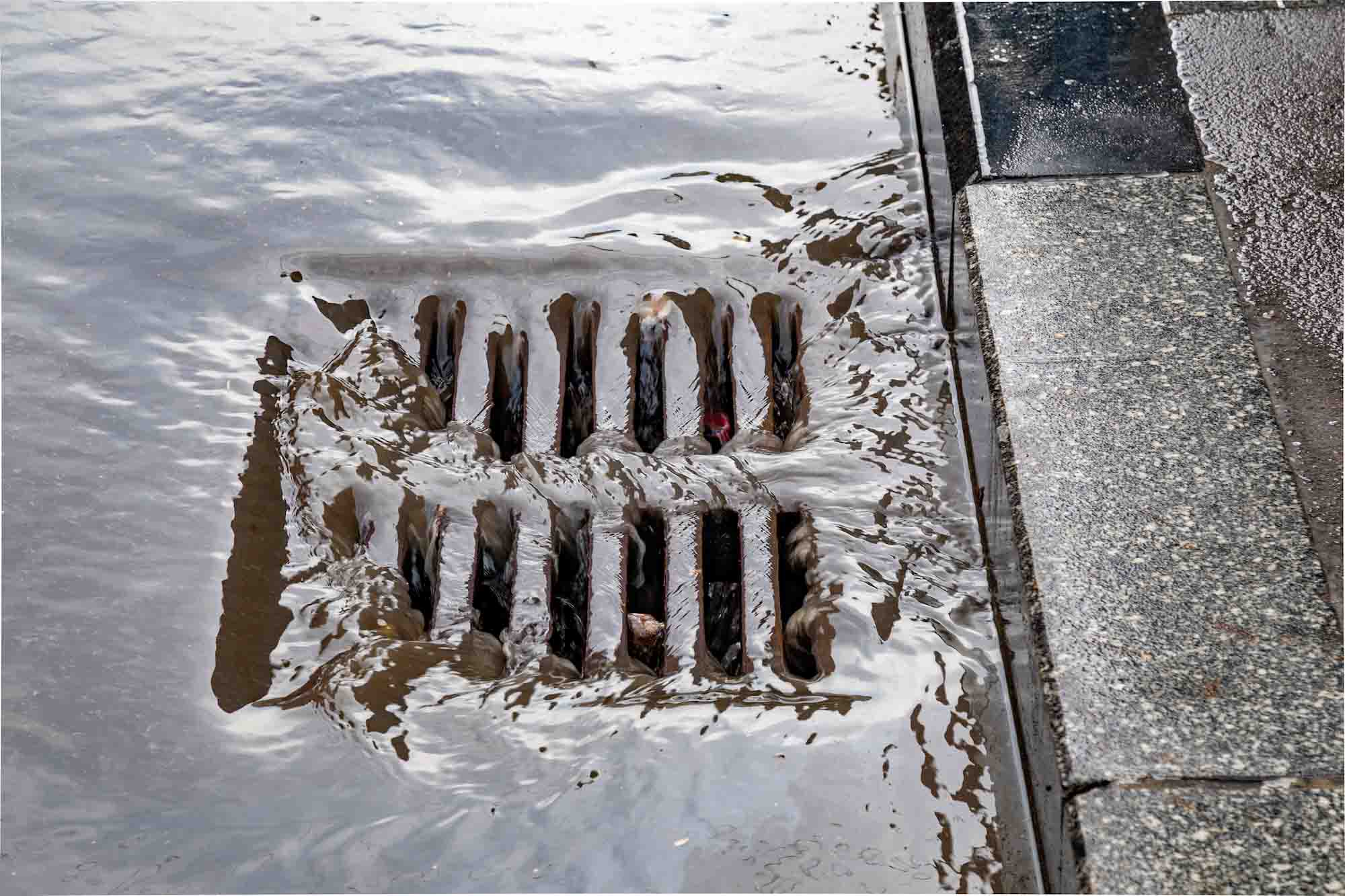
The research also suggests which communities are mostly impacted by flooding and its secondary impacts, i.e. older adults, people with disabilities, the unemployed, and mobile home owners.
What causes pollution?
Flooding follows the rise of river level caused by hurricanes, heavy rainfall, or melting of snow. Flooding also occurs when water in built-up areas cannot be absorbed and stays on concrete surfaces.
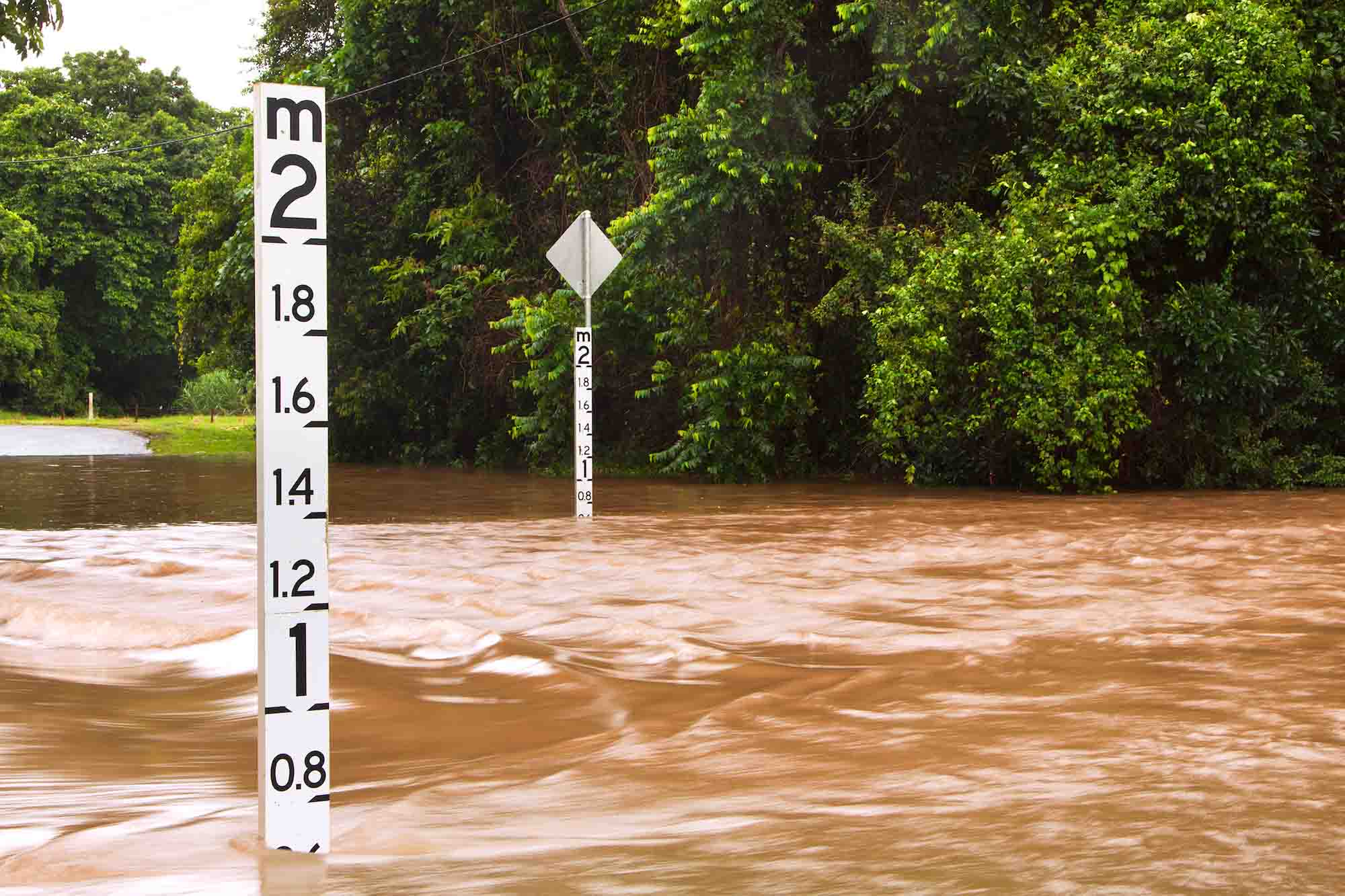
Experts generally divide water pollution into two categories: point sources and nonpoint sources.
Water contamination is mostly caused by point sources. Imagine an industrial plant discharging hazardous waste. As soon as such a plant is hit by flooding, the water absorbs all of the hazardous substances. If the water is not treated, chemicals flow to underground water, main stems, and other water sources.
The second category is non-point sources, including leaked motor oil on parking lots, plastic waste, fertilizers, and detergents.
It might not be obvious, but such pollution poses a threat to oceans and causes destruction of ecosystems, such as coral reefs.
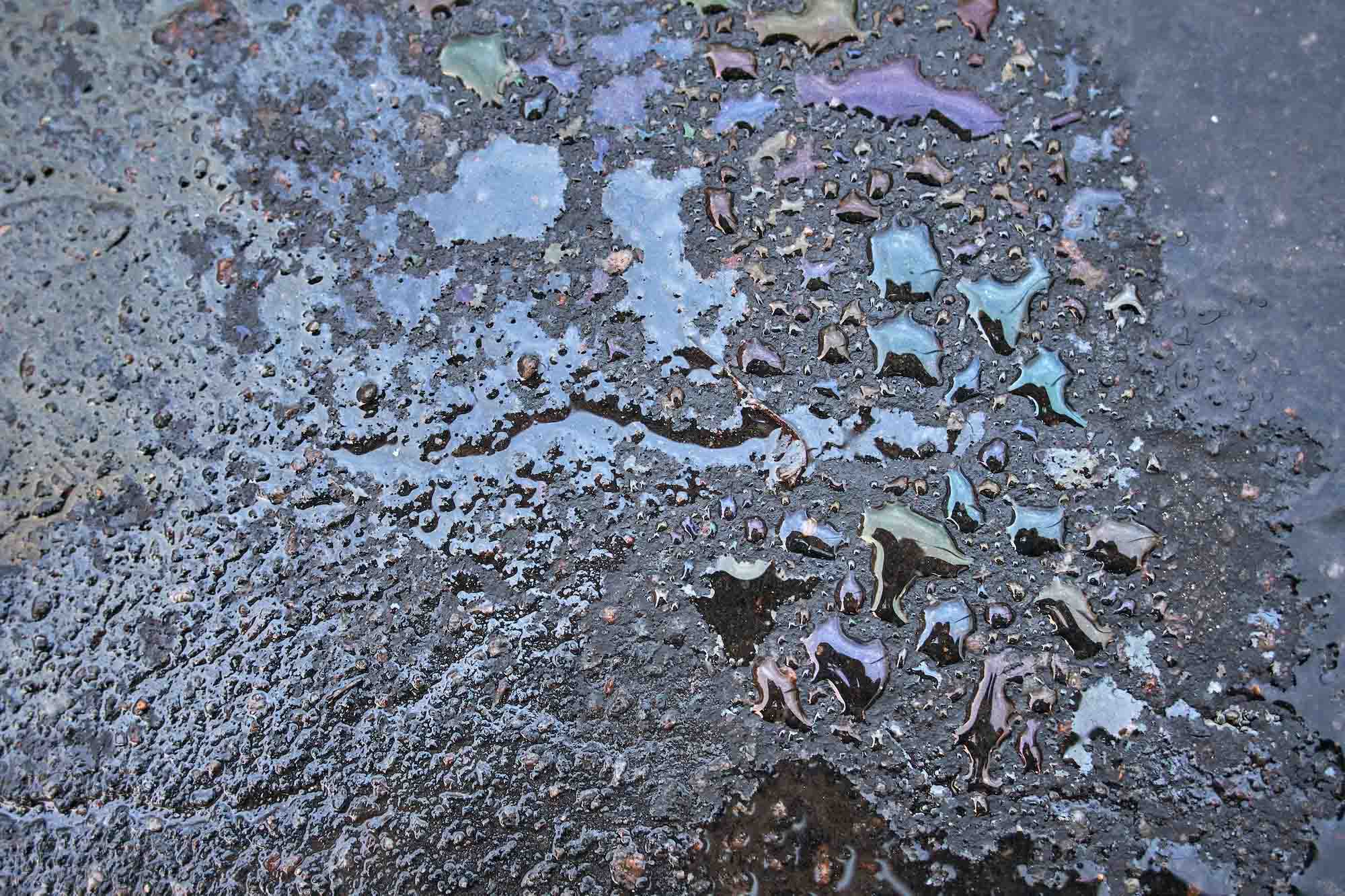
The Ukraine situation
Flooding hit almost 300 towns and villages in western Ukraine in June. Prime Minister Denis Shmygal said they were the biggest since the 1990s.
As a response, the Ukrainian Ministry of Health issued guidelines concerning water contamination which suggest to boil drinking water first. Ukrainians should not drink water from dubious remote sources and water which they find suspicious. The same applies to flooded wells and open water sources in the flooded areas.
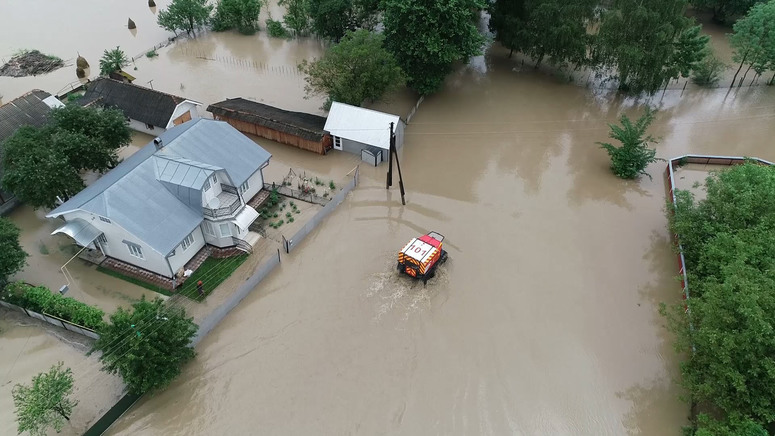
Ukraine was hit by huge flooding in June. Retrieved from: Nato.int
Ideally, the people should drink only bottled water.
In the event that crops will be contaminated by flooding, the Ministry advises to refrain from eating the crops and get rid of them instead for safety purposes.
List of recommendations includes other warnings concerning hygiene, food preparation, agriculture, and house disinfection as well.
Government officials endeavour to warn the people against health risks since the Public Health Center warns that water contamination can cause Hepatitis A, typhoid fever, and dysentery.
Possible solutions
Vejle is a town in Denmark where two rivers converge and empty into the Omløbsåen branch. Vejle suffers from heavy flooding due to the changing climate and strong rainfalls.
The town, however, decided to combat the issue and invested in a floodgate which closes when the fjord water level starts to rise. The floodgate must be constantly monitored to avoid flooding of other parts of the town and endangering water quality.
Besides construction of such useful mechanisms, there are also several other solutions to mitigate flooding, and thus prevent the pollution of water sources.
Experts stress stopping logging, starting to re-plant the forests, and renewal of wetlands.
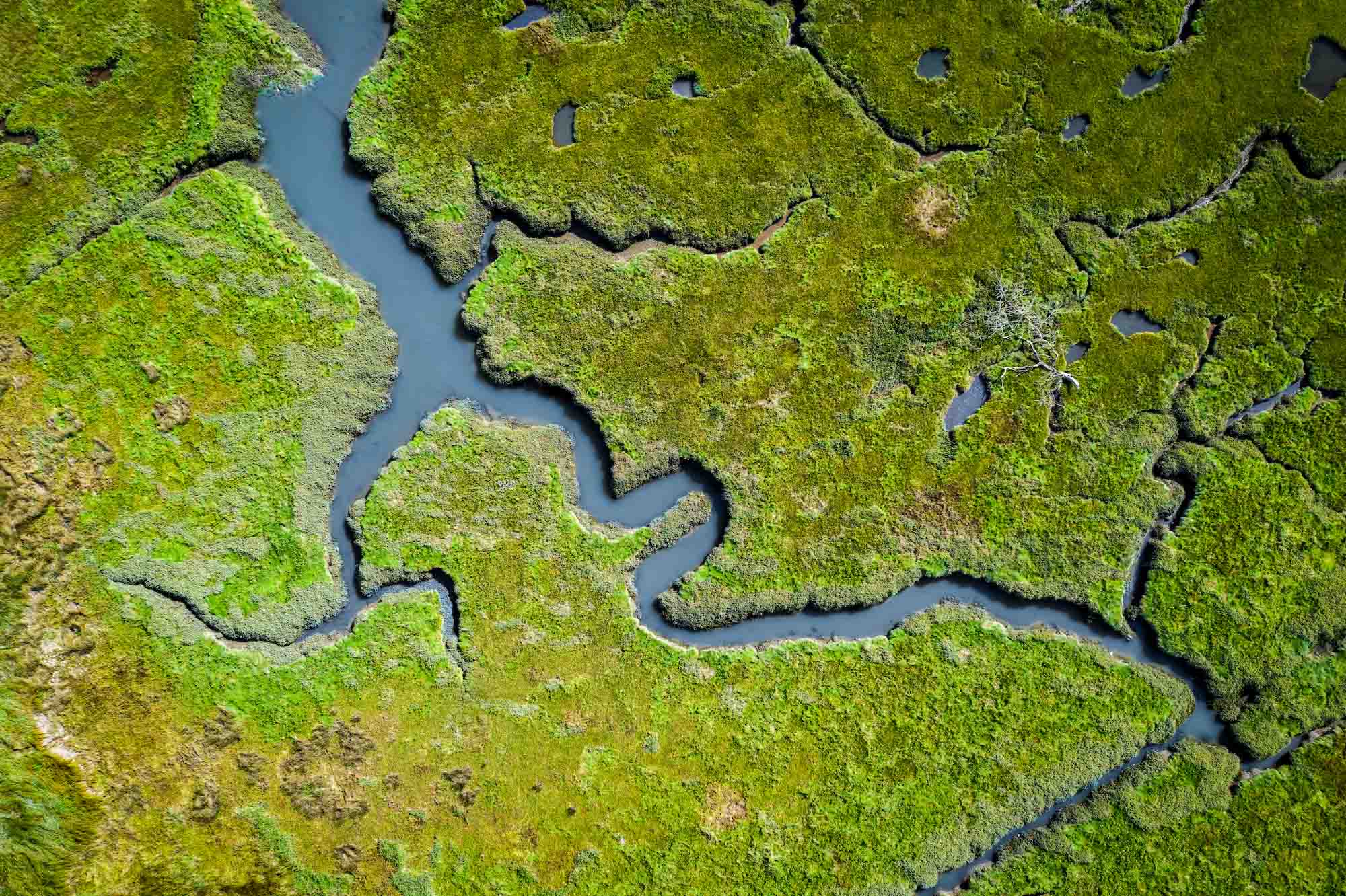
The University of Nebraska also highlights several easy-to-employ solutions and guidelines.
Areas with frequent flooding should use gravel, paving, or stone rather than concrete as a building material.
It is essential to create compost and green zones which absorb and decelerate water, and can change its flow direction.
Reusable rainwater collection tanks also contribute to flooding mitigation.
More articles
It is so big that you can see it on maps: take a look at the Great Pacific Garbage Patch
Estimates say that the patch is made up of 80,000 tons of garbage. Currently, its area is comparable to the size of Europe.
These are the 4 most common problems associated with the sewage treatment plant and its operation. How to deal with them?
A wastewater treatment plant is not a nuclear power plant but still you can encounter some difficulties when operating it.
Sedimentation tests for waste water with a high content of suspended solids
Tests of sedimentation rates were performed with wastewater generated during paper production and processing of waste paper in our laboratory. Such...
